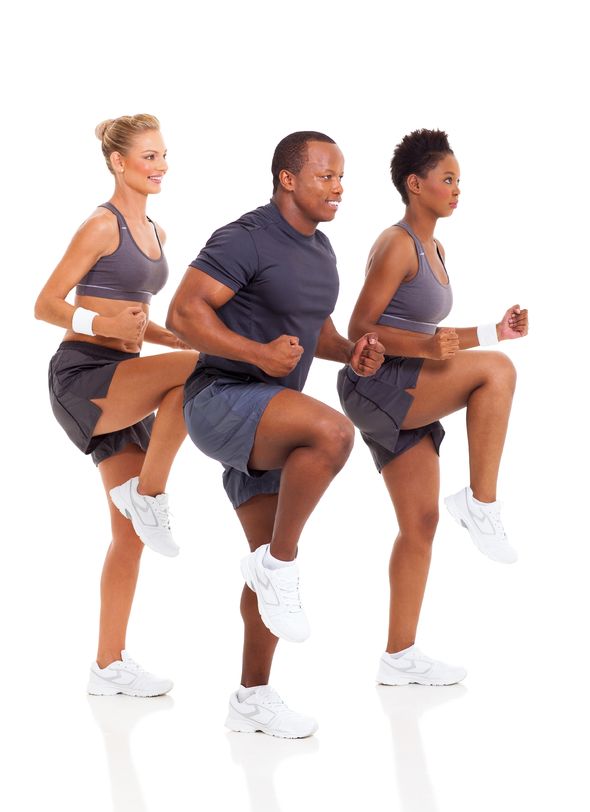This test is run by .
Note that your final mark will not be saved in the system.
Note that your final mark will not be saved in the system.
1.2.b. Optimising training (warm-ups and cool-downs) Typeit
Target Level
4-5
Running Total
0
0%
Attempt
1 of 3
Type the correct answers into the spaces. Fill all the spaces before clicking ‘Check Answers!’

Warm-ups are important for physically and mentally preparing an individual for a given activity. Let's explore below the benefits of warming up.
Benefits of warm-up components:
- Warm-ups usually begin with a , which increases the heart rate.
- An increase in heart rate enables blood flow and delivery to the muscles.
- An increased blood flow results in an increased muscle and body .
- Stretching and mobility exercises usually follow, which increases the of muscles and joints, as well as the pliability of ligaments and .
- Dynamic movements help improve the of muscle contraction.
- The final stage of the warm-up involves of a given skill, which allows the individual to practise movements relating to their sport or activity.
Similarly, cool-downs are used by athletes to enhance recovery, transitioning the body from an active state to a resting state. Let's explore below the benefits of cooling down.
Benefits of cool-down components:
- -intensity exercise circulates blood and oxygen to increase the removal of waste products such as and carbon dioxide.
- This gradually heart rate, rate and body temperature.
- Another component of a cool-down is , which takes place to aid recovery.
- It also helps to reduce muscle stiffness and .